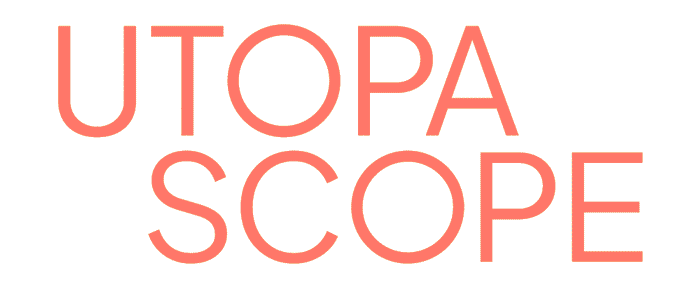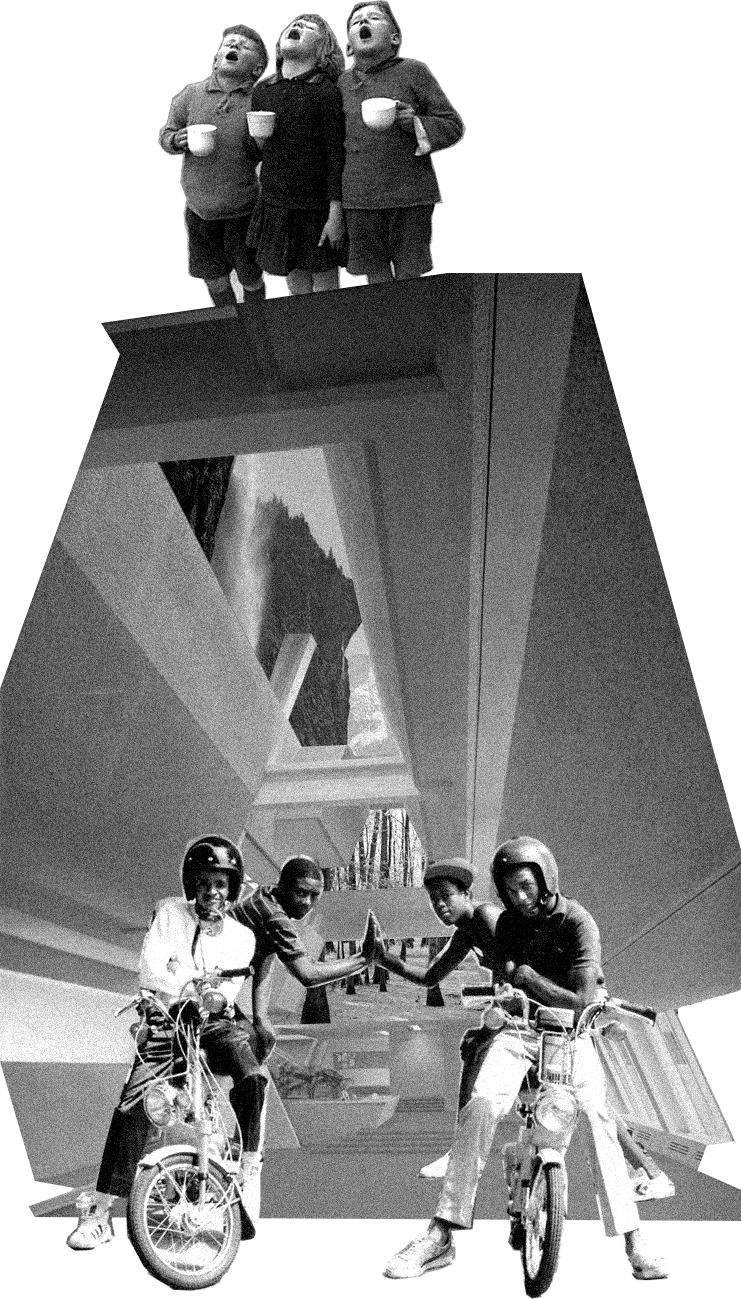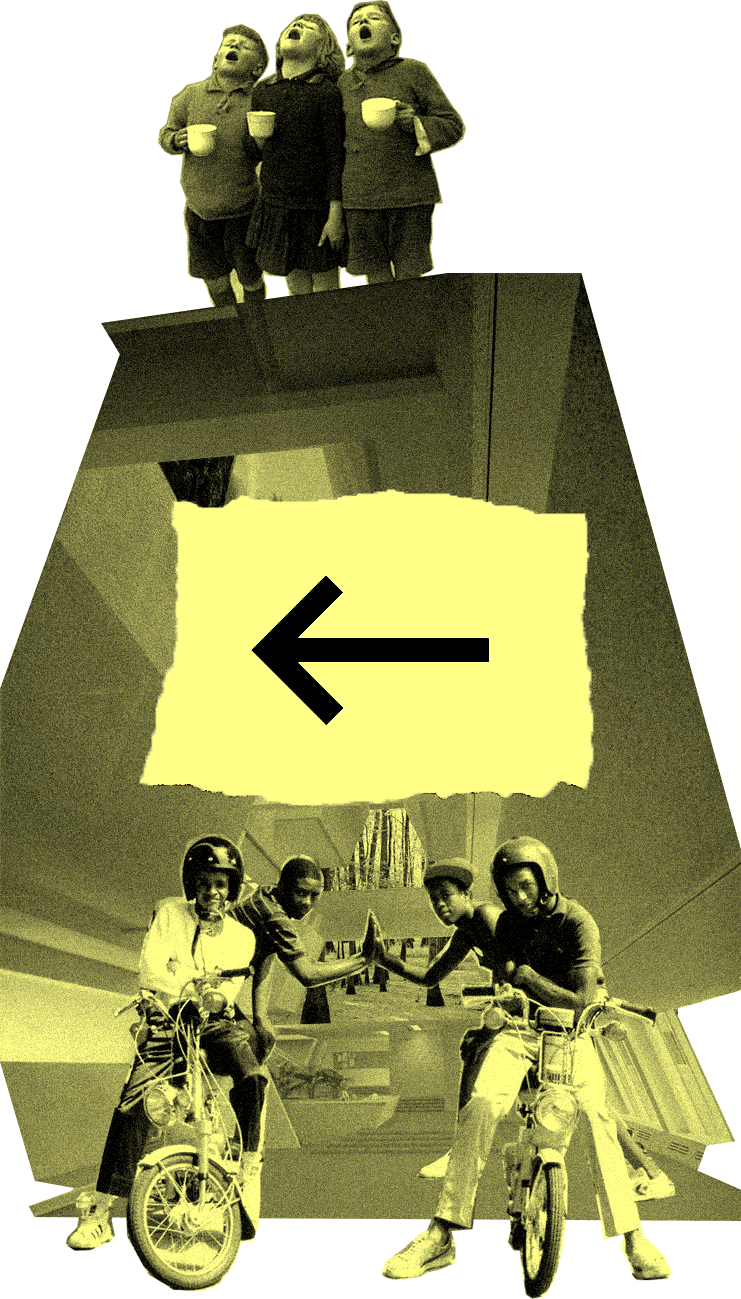Fight for rematriation and reparations
vote to organize!
A movement in the United States seeks to make amends for centuries of grave injustice and genocide—the basis upon which the country was founded. The settlers and colonizers of what is now North America stole the land from people who were already living here and stole lives through slavery and genocide in order to build an empire. A growing number of people in the United States today support efforts to provide reparationsReparations are measures taken in an attempt to mend the trauma and continuing impact of atrocities committed against people by governments and institutions to people whose ancestors were kidnapped and enslaved. And many believe that Indigenous peoples should be reunited with the ancestral lands from which colonizers forcibly removed them and have their plundered belongings returned through a process referred to as rematriationRematriation has many definitions, and can refer to a return to native lands, the return of stolen historical artifacts and remains, a return to a closer relationship with nature, and above all, a constructive replacement for the dual systems of patriarchy and colonization.
Self-Reflection
If you or your organization wants to undertake reparations and rematriation activism, you must first engage in self-reflection and careful study. Community organizers must educate themselves about the many related issues, and should not expect the people who are impacted by these atrocities to educate them. Explore what motivates you. Is it out of some sense of guilt, or is it out of a longing to wrap your liberation up with that of strangers by joining efforts in collective power? Guilt-based motivations tend to lead to activist burnout and can lead to a cycle of frustration, or worse: charity disguised as activism, where wealthy donors dole out benefits to those in need based on specific conditions and eligibility criteria.
Organizing for rematriation and reparations starts like other organizing initiatives: with a conversation. Find like-minded members of your community to discuss varying approaches, like using technology to enable small-scale crowdfunding, building community-based mutual aid centers, working with Indigenous people to return land stolen from them or their ancestors, instituting corporate taxes collected by the community instead of the state, or replacing local governments with commons councils that place power in the hands of Indigenous people and those whose descendants were enslaved.
Alliance
Within your organization, build a multi-racial coalition that reflects the diversity of demographics in your community. In all meetings and discussions, elevate the voices of marginalized people, especially those who will be the beneficiaries of any future rematriations or reparations, so that their needs are prioritized. If this is only a small percentage of your community, it would be most appropriate to partner with another organization and throw your power into a utilitarian, service-based model of organizing work.
If, upon reflection, your organization concludes that your community—and therefore the organization—is not diverse enough to include everyone in your efforts, conduct some research, establish a groundwork, and build a sisterhood with another organization you can collaborate with on a mutual aidMutual aid is an organizing term that refers to services that are put together by the people in order to benefit the people, without the involvement of institutions or governments project.
Research
The type of research that needs to be done will depend on the makeup of your group, your geography, and the peoples’ needs. Ta-Nehisi Coates’s “The Case for Reparations” is a good starting point and has become even more relevant in the years since he wrote it. Read Angela Davis, Waubgeshig Rice, Ibram X. Kendi, Leanne Betasamosake Simpson and Michelle Alexander, but don’t stop there.
Formal research is important, but human-centered inquiry is the most critical. Have conversations and conduct interviews, taking plenty of notes. Ask followup questions and dig deeper to uncover what people really want and need. Make the research program a permanent fixture of the organization.
Goal-setting
The type of groundwork that may be required involves setting goals and creating plans for how to realistically accomplish those goals. Draft proposals that outline roles, visualize the positive transformations your project will bring, and come up with methods for testing your success.
Diverse organizations whose membership directly reflects their communities have an advantage: they can find understanding, common ground, and mutual aid within themselves. What is most important is that the community—prioritizing the voices of those who will benefit—clearly define the goals of their reparations and rematriation projects:
- What is the objective?
- What is due: funds, land, services, recognition, all of the above?
- What is the process by which reparations will be delivered?
- How will different types of atrocities—such as internment, family separations, and indiscriminate drone warfare—be handled?
- How will the reparations account for systemic oppression and create a liberated, utopian model of society?
- How will reparations be intersectional?
- How will children, including foster youth, be included in the reparations?
- How will continued injustices be accounted for?
Approaches to Reparations
Wealth is the clearest and most straightforward form of reparations, and is the one most closely associated with the movement to mend centuries of damages done to marginalized communities. This money is typically collected through confiscations from institutions and people who benefitted from slavery, genocide, and occupation. Since these groups don’t tend to give to this cause voluntarily, it’s usually left up to politicians to pass new laws mandating it, which is why we only see inaction.
So even though this effort has been gaining steam in recent years, organizing for it is a major effort for a community organization to tackle. Any organization that takes on wealth reparations work will have to take special care to guard against activist burnout by creating small, incremental projects and achievable goals, building towards the one large objective.
Small things that organizations can do to work towards reparations and rematriation depend on their community and their resources.
Can the organization use social media to crowdsource funds for reparations to people in the community? If considering this approach, do research on best practices. Work with the community so that those who would benefit most from it make the decisions on how it should be carried out, with more privileged members carrying out the administrative work. Can local businesses be encouraged to set up reparative pricing models through a community program? Could your organization institute a local version of the Shuumi land tax to pay for rematriation? In Philadelphia, for example, common reparations demands include that local universities pay reparations for gentrification and family displacement, that the city pay reparations for the MOVE bombing and incarceration of its survivors, and that the local government and historically wealthy families pay reparations for colonized Lenape people.
Larger, more long-term endeavors might include joining the movement for official legislative maneuvers to repurpose the wealth gained through slavery, stolen land, and stolen lives. Black Lives Matter, for instance, has set demands for reparations to atone for historical and current injustices.
The institutional wealth gained from slavery is separate from the wealth of the vast majority of individual people. Profit from slavery is held largely in banking, textiles, tobacco, rail, insurance, state and federal governments, and some wealthy families who historically owe a majority of their fortune to human trafficking and slave labor.
The estimated total required reparations for slavery alone is a truly staggering $97 trillion, owed by the U.S. government for their involvement after 1789, as well as corporations, financial institutions, and individual capitalists for their involvement between 1619 and 1865. This does not include reparations needed for genocide and other grave injustices against Native American populations, or against other marginalized communities in the United States.
Could a group band together enough people to file a class action lawsuit against those whose wealth is derived from slavery, based on newly-emerging research, by working with legal firms that specialize in civil rights class action? Could a community organization institute a “neighborhood tax”—like a non-coercive version of collections that organized crime enterprises charge small businesses in U.S. cities for “protection” against government intrusion to this day—in order to fund reparations? Could a housing rights project be initiated, in order to correct the decades of negative effects that redlining has had on Black families’ ability to accrue wealth?
Other forms of reparations acknowledge that more than financial restitution is due to communities who have been harmed by the government and other systems of power.
As COVID-19 made clear, healthcare is a luxury commodity that is distributed unevenly. The pandemic affected Black and Native American communities disproportionately, causing a higher death rate among marginalized populations than among others. An organization could organize for universal healthcare as a means of beginning to make reparations for some very long-standing health inequities.
Social support by organizations as a form of reparations may fill in where the state fails. Together, the people of a community can band together to restore dignity to those impacted by the Atlantic slave trade and the genocide of Native Americans though grassroots, solidarity-based groups like free schools and free community health centers. A community could even mobilize to abolish the police in their district, in order to make reparations to the community.
Organizing for prison abolition is another reparational tactic, as prisons represent a modern and legal form of slavery through penal leasing, fed by the War on Drugs and school-to-prison pipeline. Communities can work together to replace the penal system with transformative justice.
Power to the People
The path forward for rematriation typically involves working within the political system to lobby elected officials to make official amends with Indigenous groups. This can prove to be an uphill battle for some communities. But it provides an opportunity for a community organization to create a commons council, with the specific aim of building a better future for all members of the community through reparations and rematriation. This concept is one of the strongest motivating factors for organizations to create a council, since every community in the U.S. lives in a place where Indigenous people once lived, and a vast majority of all wealth in the U.S. is derived from the labor of enslaved people.
A commons council can work together with Tribal Councils, even involving envoys or members from them in order to collaborate on rematriation in every community across the U.S. to provide reparative justice to the Native American people whose ancestors historically lived here.
Many critics of reparations who critique it not purely for racist, conservative reasons argue that the state cannot be trusted to allocate funds accurately and equitably, and that this would just be another case of institutional elitist power telling marginalized people what is right for them. In many ways, this analysis is accurate. The obvious and indisputable corrective measure, then, is to put the people in charge of reparations, to exercise their mutual will in spite of the historical crimes of the nation, industries, and the ultra-wealthy.




